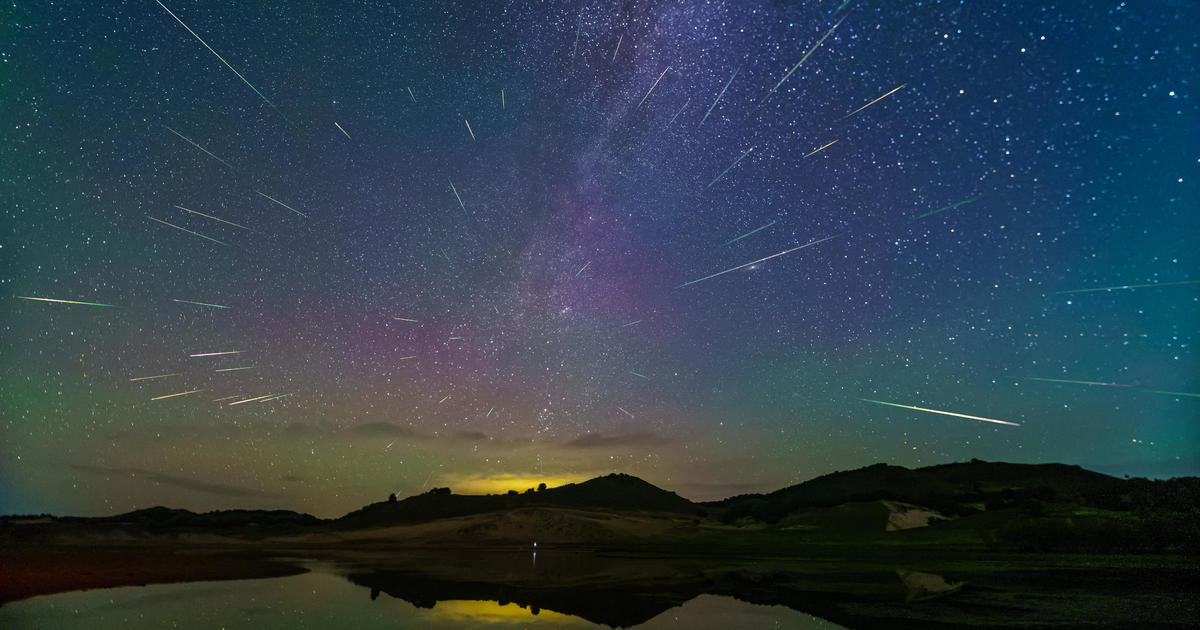Stargazing Spectacle: Perseid Meteor Shower Lights Up UK Skies

The Perseid meteor shower reached its peak overnight on Sunday into Monday, offering astronomy enthusiasts across the UK a breathtaking celestial display.
This annual shower, known as one of the most impressive of the year, began in July and will continue until late August. The Perseids are widely considered the "best meteor shower" by NASA, with up to 100 shooting stars visible per hour under optimal conditions.
Prime Viewing Time:
The optimal time to witness the meteor shower was during the pre-dawn hours, according to NASA, although sightings were possible as early as 10 pm. Fortunately, the moon was set to disappear just as the Perseids peaked, providing darker skies for optimal viewing. Specific moonset times for different locations in the UK can be found on the Old Farmer's Almanac website.
Location, Location, Location:
For the best Perseid viewing, NASA recommended seeking out locations far from the bright lights of towns and cities. The further away from artificial light, the more meteors are visible streaking across the night sky. The darker the location, the more dazzling the show.
Direction for Viewing:
While the meteors can be seen all over the sky, NASAâs Jet Propulsion Laboratory suggested facing roughly northeast while lying down to maximise your chances of spotting the dazzling streaks of light. However, remember to keep your gaze as wide as possible as the meteors can appear from any direction.
A Summer of Celestial Wonders:
Although the Perseid meteor shower has reached its peak, there are still two other meteor showers active during August. The Southern Delta Aquariid meteor shower, which began last month, will continue until 21 August. Its peak occurred in late July. The alpha Capricornids, a smaller shower, is also active until 11 August.
The next major meteor shower, the Orionids, won't be visible until late September, with its peak occurring in October. NASA describes the Orionids as one of the most beautiful showers of the year, known for their brightness and speed.
Understanding Meteor Showers:
Meteor showers occur when Earth passes through the debris trail of a comet or asteroid. These tiny particles, known as meteoroids, enter Earth's atmosphere at high speeds, creating streaks of light as they burn up. While most meteoroids disintegrate completely, some survive the journey and land on Earth as meteorites.
Looking Up:
In addition to the meteor showers, there are two more full moons to enjoy this summer. The August full moon, also known as the Sturgeon Moon, will reach its peak illumination on Monday, 19 August. The September full moon will reach peak illumination on Tuesday, 17 September, just a few days before the start of autumn.
This summer has been a treat for stargazers, with numerous celestial events illuminating the night sky. Remember to look up and appreciate the wonders of the universe above us.





